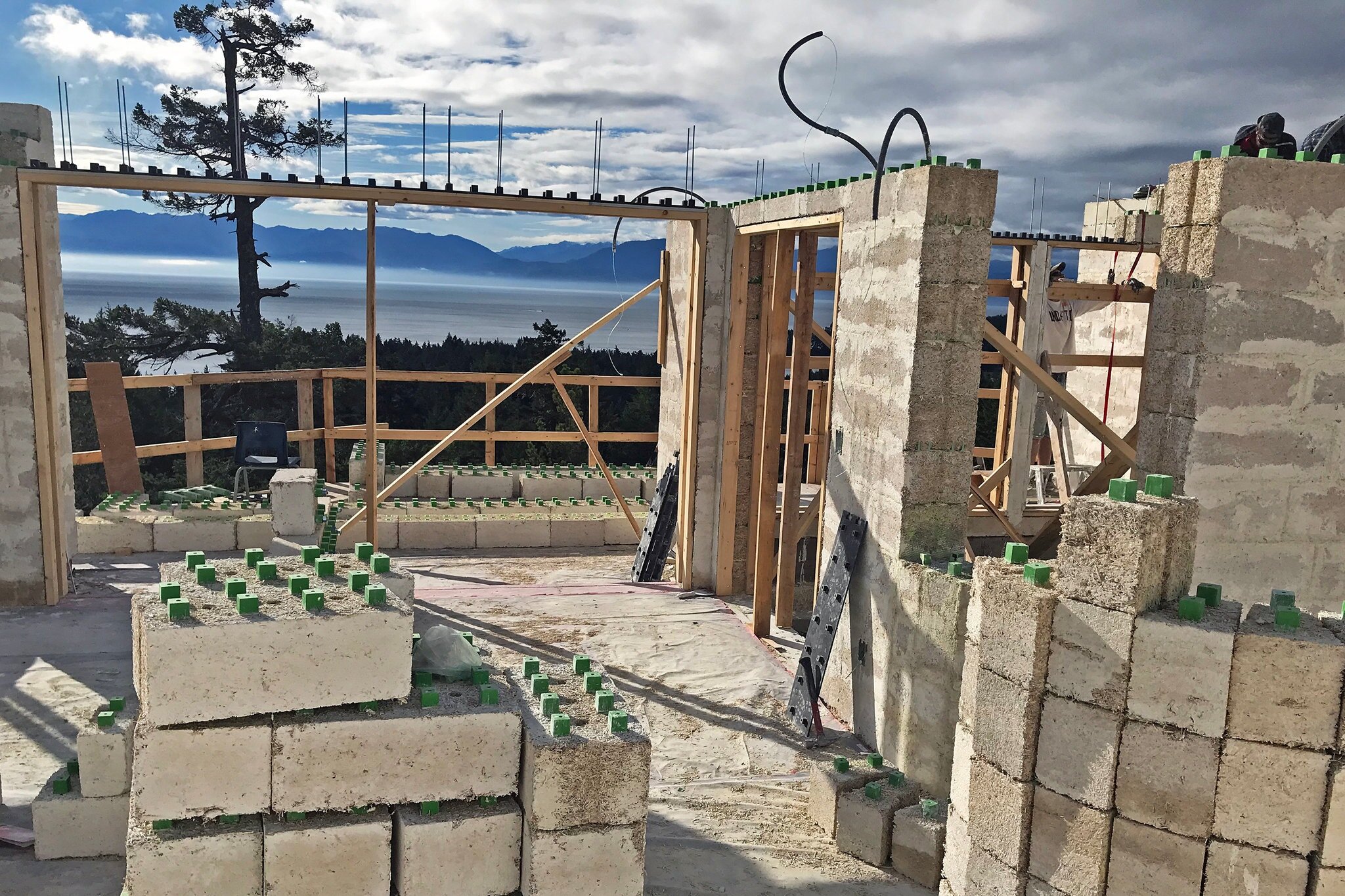Hemp is a multi-functional plant and includes components that are harvested for fiber. Hemp fiber is used in multiple products and various avenues, and it is becoming widespread knowledge that hemp fiber is a sustainable alternative to other fibers such as those used in ropes, clothing, shoes, paper, or building materials.
Hemp rope is strong, durable and rot resistant making it a great option for use on boats.
Rope, made from natural or synthetic fibers, is stronger and more durable when made from hemp fibers. It is even superior in terms of resisting rot, making it a desirable product for use on boats or in humid climates.
Strength is just one desirable characteristic of hemp fiber; it is also sought after as a breathable fabric, making it an ideal alternative to cotton clothing. Hemp fiber clothing is durable, breathable, and moisture permeable, and is used in anything from dresses to work gear.
Clothing made from hemp fiber is lightweight, durable, breathable, and moisture wicking.
Because hemp fiber offers breathable and moisture wicking properties, using hemp fiber in shoes improves moisture absorption. With quick absorption and evaporation rates, coupled with the strength of the hemp fibers, shoes made with hemp fiber boast superior comfort and durability.
Strength and durability are also desirable characteristics of paper that can be achieved by incorporating hemp. While paper made entirely of hemp may be a product in the future, the currently more accessible option is a mixture of wood pulp and hemp fiber. The hemp bast fibers or hemp hurd fibers elicit durable paper products. Hemp stalks also contain a higher cellulose content, the main ingredient in paper, than wood. Not just strong and durable, hemp fiber can be harvested in a mere four months compared to the 20 to 80 years it takes for trees to mature.
Hemp offers a promising alternative to traditional paper; hemp fiber is additionally superior in terms of building and insulation material. Hemp possesses promising insulation qualities, including positive thermal functions, and is a valid competitor to typical building insulation which is commonly made of cellulose, fiberglass, or mineral wool. Hemp fiber can be used as insulation in either a straw-like, insulating fashion or as a block of hempcrete.
Versatile hemp fiber can even be used as building materials such as hempcrete and hemp insulation.
Hemp fiber is increasingly entering the marketplace in various ways; these are just a few of the avenues in which hemp fiber is becoming a competitor to standard materials. IND HEMP’s fiber decortication facility opens in the summer of 2021 and is one of a few pioneers in U.S.-based hemp fiber decortication facilities. As hemp production increases, hemp fiber will continue to surface in multiple avenues; these are simply a few markets where hemp fiber is already performing well.




